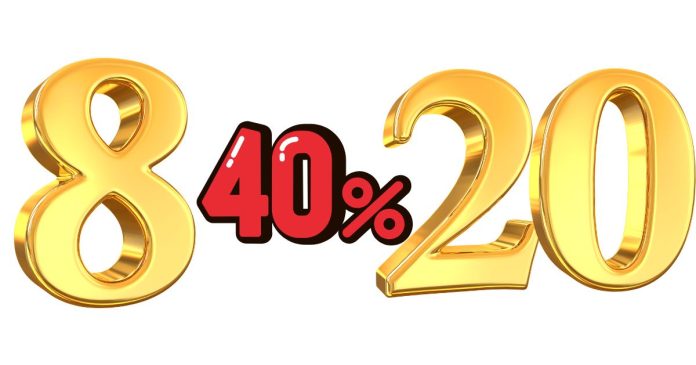Mathematics often involves figuring out percentages, and one common type of problem is determining what number a percentage represents. If you’re wondering, “8 is 40 percent of what number?” you’re in the right place to learn how to solve this step-by-step.
Step 1: Understand the problem
The phrase “8 is 40 percent of what number?” means you are looking for a number that, when 40 percent is taken from it, equals 8. In other words, we need to find the original number where 40 percent of it is equal to 8.
Step 2: Translate the problem into an equation
To solve this, we can use a simple equation. We know that:
- 40 percent is the same as 40/100 or 0.40.
- We are looking for a number, which we’ll call “X,” where 40 percent of X equals 8.
So, the equation would look like this:
0.40×X-8
Step 3: Solve for X
Now, to find X, we divide both sides of the equation by 0.40:
Step 4: Perform the calculation
Final Answer
So, 8 is 40 percent of 20.
This simple process of using percentages can be applied to a variety of problems, making it easier to understand how parts relate to a whole. Keep practicing, and you’ll become more confident in solving percentage problems!


